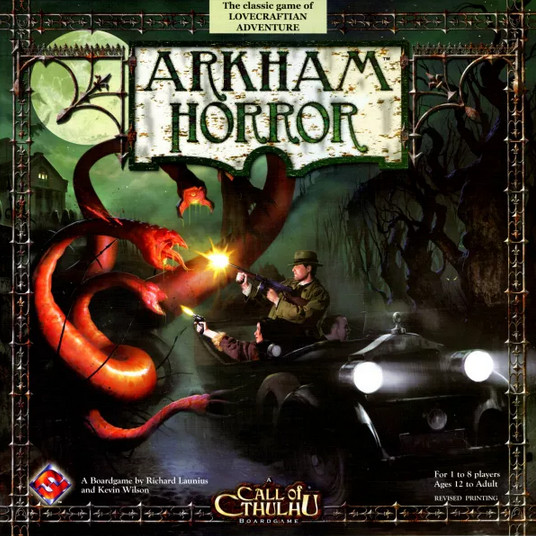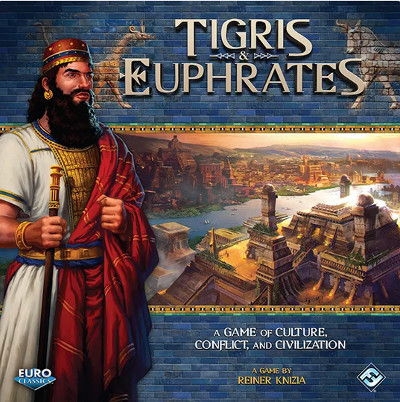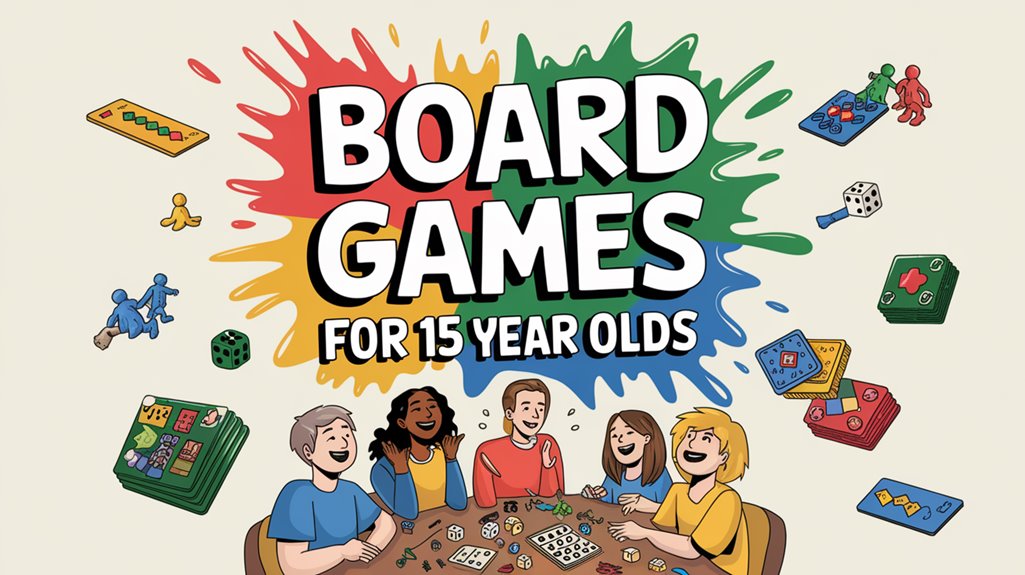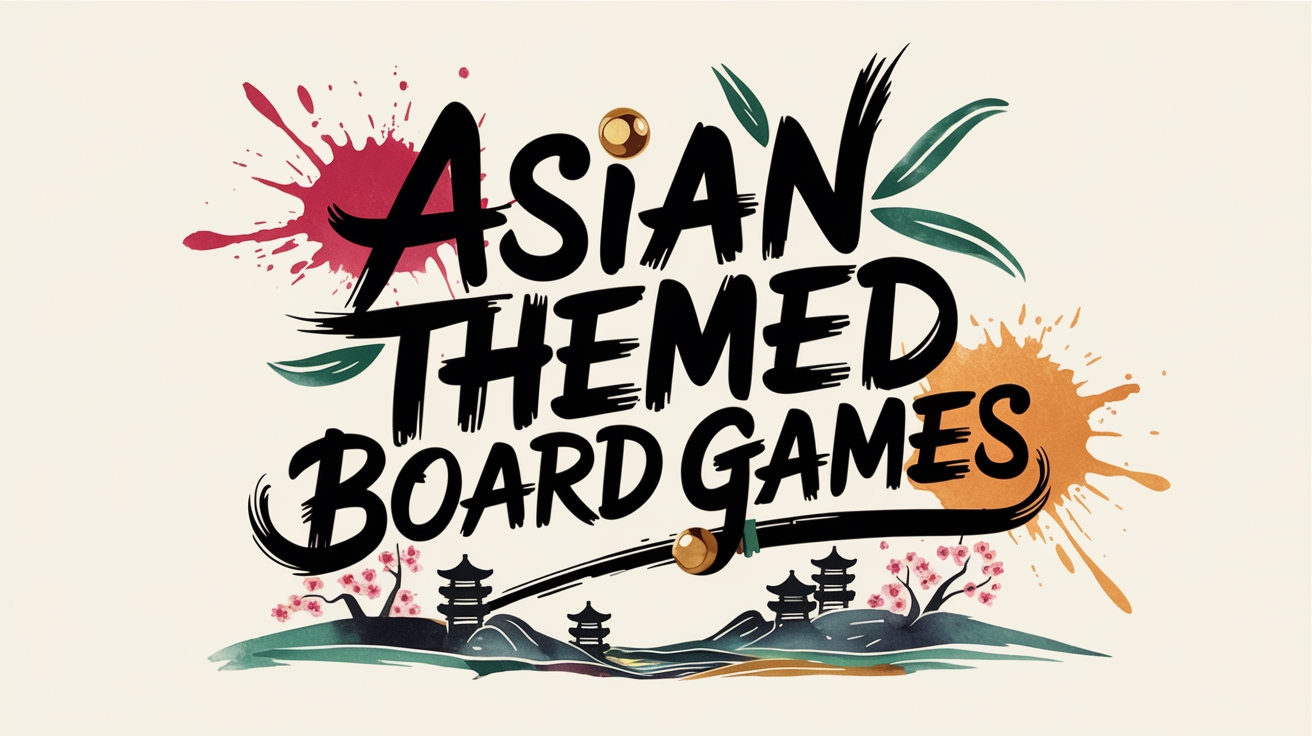The distinct characteristics of Eurogames and American-style board games represent a fascinating divide in modern tabletop gaming culture. While both styles have garnered dedicated followings worldwide, their fundamental approaches to player engagement couldn’t be more different. From the economic efficiency of games like Catan to the dramatic combat scenarios of Risk, these two design philosophies showcase how cultural values shape recreational experiences. Understanding these differences not only enriches our appreciation of board game design but additionally illuminates why certain players gravitate toward one style over the other – yet the subtleties of these distinctions merit closer examination.
Key Takeaways
- Eurogames typically last 30-120 minutes with streamlined rules, while American-style games often exceed two hours with complex mechanics.
- American games focus on direct conflict and player elimination, whereas Eurogames emphasize indirect competition and parallel play.
- Eurogames prioritize mechanical strategy over theme, while American games emphasize rich storytelling and thematic immersion.
- American games rely heavily on luck through dice rolls, while Eurogames minimize randomness in favor of strategic decision-making.
- Eurogames use point-scoring victory conditions with multiple paths to win, whereas American games often end through military victory or elimination.
Game Length and Complexity
Game enthusiasts often find that Eurogames and American-style board games differ significantly in their duration and rules complexity. Eurogames typically run between 30 and 120 minutes, featuring streamlined mechanics that players can learn relatively quickly. These games emphasize efficiency and strategic decision-making within a predetermined timeframe, allowing players to complete multiple sessions in one sitting.
In contrast, American-style games frequently extend beyond two hours, sometimes lasting entire evenings. Their rule sets tend to be more extensive, often requiring players to reference rulebooks throughout gameplay. Games like Twilight Imperium or Arkham Horror demonstrate this complexity through multiple game phases, numerous card effects, and intricate player interactions.
The complexity levels additionally appear differently between the two styles. Eurogames typically front-load their complexity into strategic choices rather than rules comprehension, using consistent mechanics throughout play. American-style games often layer their complexity through numerous special cases, exceptions, and situational rules that create rich, thematic experiences but require greater investment to master. This fundamental difference in approach affects how quickly new players can engage with each style of game.
Player Interaction Styles
Player interaction represents one of the starkest contrasts between Eurogames and American-style board games. American-style games typically feature direct confrontation, with players actively attacking, eliminating, or disrupting each other’s progress through combat, resource destruction, or territory conquest. Games like Axis & Allies and Risk demonstrate this aggressive interaction style, where success often depends on defeating opponents directly.
In contrast, Eurogames emphasize indirect competition and parallel play, where players primarily focus on optimizing their own strategies while competing for shared resources or opportunities. Rather than directly attacking other players, interaction occurs through methods like blocking access to desired game spaces, claiming limited resources before others can, or racing to complete objectives first. Games such as Carcassonne and Agricola showcase this style, where players can impact others without outright confrontation.
The different approaches reflect distinct design philosophies: American games often aim to recreate conflict and drama through direct engagement, while Eurogames prioritize strategic decision-making within a competitive framework that keeps all players involved until the end, reducing the likelihood of early player elimination or prolonged conflict.
Examples of Popular Game Titles by Category
| American-style Board Games | Eurogames |
|---|---|
| Runewars | CATAN |
| Arkham Horror | Puerto Rico |
| StarCraft: The Board Game | Carcassonne |
| War of the Ring | Tigris & Euphrates |
| Battlestar Galactica | Caylus |
| Dune | Power Grid |
| Axis & Allies | Ra |
| Battlestations | El Grande |
| Twilight Imperium | Five Tribes |


Theme vs Mechanics
The relationship between theme and mechanics represents another fundamental distinction between American-style games and Eurogames. American-style games typically prioritize theme, building game mechanics around rich storytelling elements and thematic experiences. Conversely, Eurogames often start with mechanical concepts, adding theme as a secondary consideration to improve the playing experience.
- American games frequently feature detailed miniatures, elaborate backstories, and mechanics that directly mirror their themes (like dice rolls representing combat)
- Eurogames tend to use abstract representations and simplified components, focusing on strategic depth rather than thematic immersion
- Theme integration varies significantly between styles, with American games emphasizing narrative cohesion while Eurogames prioritize mechanical elegance
This difference in approach affects game design choices across both styles. American games might sacrifice mechanical efficiency to maintain thematic authenticity, incorporating complex rules to simulate specific scenarios. Eurogames, on the other hand, streamline mechanics for best gameplay flow, sometimes resulting in themes that feel disconnected from their underlying systems. Neither approach is fundamentally superior; rather, they serve different player preferences and gaming objectives. Understanding these distinctions helps players choose games that align with their preferred playing style.
Random Elements and Luck
Random chance represents a key differentiator between Eurogames and American-style board games, with each style taking distinctly different approaches to luck-based elements. American-style games often adopt randomness through dice rolls, card draws, and chance encounters, creating dramatic moments that can suddenly change a player’s fortunes. Games like Monopoly and Risk heavily feature these unpredictable elements, making each playthrough unique but less dependent on strategic planning.
Eurogames, on the other hand, typically minimize luck-based mechanics, preferring to give players more control over their destiny through strategic choices and careful resource management. While these games may include some random elements, such as initial board setup or card distribution, they usually limit chance’s impact on the final outcome. Popular Eurogames like Carcassonne and Agricola demonstrate this philosophy by focusing on player decisions rather than lucky breaks.
This fundamental difference reflects each style’s core design philosophy: American games often aim to tell exciting stories with unexpected twists, while Eurogames emphasize the satisfaction of executing well-planned strategies. Players can choose their preferred style based on whether they value dramatic uncertainty or strategic control in their gaming experience.
Resource Management Approaches
Resource management stands out as another fundamental distinction between Eurogames and American-style board games, with each tradition treating in-game assets quite differently. Eurogames typically emphasize careful resource optimization, requiring players to make strategic decisions about collecting, converting, and spending various resources throughout gameplay. American-style games often treat resources as tools for advancement or combat, with less focus on complex economic systems.
- Eurogames frequently incorporate multiple interconnected resources (wood, stone, gold, food) that players must balance and convert through specific mechanisms
- American-style games commonly use simpler resource systems, often focusing on a single currency or resource type that serves primarily as purchasing power
- Trading and resource conversion mechanics are typically more sophisticated in Eurogames, while American games tend to utilize straightforward transactions
The complexity of resource management in Eurogames creates opportunities for long-term planning and strategic depth, while American-style games prioritize immediate resource utilization for dramatic effects or character advancement. This difference reflects the broader design philosophies of each tradition, with Eurogames focusing on economic efficiency and American games emphasizing narrative moments and direct conflict.
Victory Conditions
Victory conditions present another stark contrast between Eurogames and American-style board games, reflecting their distinct design philosophies and gameplay objectives. In American-style games, victory often comes through direct conflict, with players eliminating opponents or achieving military dominance through combat and conquest. These games frequently end when one player emerges as the last survivor or achieves a decisive military victory.
Eurogames, on the other hand, typically feature more diverse and intricate victory conditions based on point-scoring systems. Players accumulate victory points through various strategic actions, such as building structures, completing objectives, or establishing trade networks. Many Eurogames use multiple paths to victory, allowing players to pursue different strategies while competing for points. For example, a player might focus on resource conversion while another concentrates on building developments, with both approaches being similarly valid for achieving victory.
The scoring systems in Eurogames often remain hidden or uncertain until the final tally, maintaining tension throughout the game. This approach creates a more balanced experience where players can recover from early setbacks and remain competitive until the end, unlike the elimination-based outcomes common in American-style games.
Player Conflict and Competition
American-style board games often emphasize direct player conflict through combat mechanics, battles, and player elimination. Conversely, Eurogames typically feature indirect competition, where players pursue their strategies with limited direct confrontation between opponents. The competition in Eurogames usually focuses on efficient resource management, strategic positioning, and racing to achieve objectives rather than eliminating or directly attacking other players.
Direct Combat vs Indirect
With regard to player interaction, one of the starkest differences between Eurogames and American-style board games lies in how players compete and conflict with each other. American-style games typically incorporate direct combat and confrontation, featuring mechanics like battles, player elimination, and direct attacks. Conversely, Eurogames tend to favor indirect competition through resource management, area control, and strategic positioning.
- American games often include dice rolls for combat resolution, allowing players to directly attack and eliminate opponents’ pieces or resources
- Eurogames frequently utilize worker placement and economic systems where players compete for limited resources without direct conflict
- While American games might have players destroying each other’s armies, Eurogames typically have players competing to build the most efficient systems or score the most victory points
The difference in conflict styles reflects broader design philosophies. American games emphasize dramatic confrontations and emotional player interaction, while Eurogames focus on strategic decision-making and economic efficiency. This distinction affects player experience significantly, as direct combat can create more immediate tension but can also potentially lead to player elimination and hurt feelings, whereas indirect competition keeps all players engaged until the end.
Competition Through Resource Management
Resource management lies at the heart of competitive gameplay in Eurogames, creating tension through scarcity rather than direct confrontation. Players compete by making strategic decisions about limited resources, whether those are cards, workers, goods, or action points. This approach allows for competitive play while minimizing negative player interactions, letting each participant focus on optimizing their own strategy.
In American-style games, resource management often takes a back seat to combat or territory control. Nonetheless, Eurogames transform seemingly mundane activities like farming, trading, or building into compelling contests through carefully balanced economic systems. Players must constantly evaluate trade-offs, deciding whether to invest resources immediately or save them for future turns.
The resource management approach creates a different type of player interaction, where blocking access to resources or claiming limited opportunities becomes the primary form of competition. This design philosophy emphasizes efficiency and planning over luck or aggression. Games like Agricola, Puerto Rico, and Catan demonstrate how resource scarcity and economic decisions can generate intense competition without requiring players to directly attack one another’s positions or pieces.
Components and Visual Design
The visual and physical elements of Eurogames and American-style board games reflect distinct design philosophies, with Eurogames often featuring abstract or stylized artwork compared to the more thematic, dramatic illustrations found in American games. Component quality varies between the two styles, as Eurogames typically emphasize practical, wooden pieces and tiles, while American games frequently include detailed plastic miniatures and specialized custom components. Both game types have evolved sophisticated storage solutions, though Eurogames are particularly known for efficient insert designs that organize pieces for quick setup and gameplay.
Art Style Philosophies
Visual aesthetics mark one of the clearest distinctions between Eurogames and American-style board games. While Eurogames tend to favor understated, abstract artistry with an emphasis on functionality, American games typically adopt bold, dramatic illustrations that highlight conflict and adventure. This fundamental difference reflects each style’s core gaming philosophy and target audience expectations.
- Eurogames often feature muted color palettes, minimalist designs, and simplified iconography to improve gameplay clarity and reduce visual distractions
- American-style games frequently use dynamic artwork, vivid colors, and detailed character illustrations to create immersive thematic experiences
- Component artwork in Eurogames typically focuses on mechanics and functionality, while American games prioritize storytelling and emotional impact
The distinct artistic approaches extend beyond mere aesthetics to influence player engagement and game experience. European designers often view art as a tool to support mechanical understanding, incorporating symbols and patterns that promote quick decision-making. Conversely, American publishers traditionally use artwork to establish narrative context and emotional investment, creating a more cinematic atmosphere through detailed illustrations and thematic imagery. These differences reflect deeper cultural approaches to game design and player interaction.
Production Material Quality
Physical production standards between Eurogames and American-style board games reveal notable contrasts in both manufacturing priorities and design philosophies. Eurogames typically feature high-quality wooden pieces, thick cardboard tiles, and durable cards with linen finishes. These components often come from European manufacturers who emphasize sustainable materials and long-lasting construction methods.
American-style games traditionally incorporate more plastic components, including detailed miniatures and molded pieces that support their thematic focus. While these materials might be less expensive to produce, they often allow for more intricate designs and creative representations of characters or game elements. The card quality in American games has historically been variable, though recent years have seen improvements across the industry.
Storage solutions likewise differ between the two styles. Eurogames frequently include custom-fitted inserts and organized compartments, reflecting European design efficiency. American games traditionally provided simpler storage options, though this trend has shifted as publishers respond to consumer demands for better organization systems. Both styles now typically maintain higher production standards than in previous decades, with manufacturers worldwide adopting superior materials and construction techniques.
Component Organization Systems
Significant differences exist in how Eurogames and American-style board games approach component organization and visual presentation. While American games often feature larger boxes with plastic inserts designed for dramatic display, Eurogames typically emphasize efficient storage solutions that prioritize functionality over flashiness. The organization systems reflect each style’s core design philosophy.
- European publishers frequently use sturdy cardboard inserts with labeled compartments, allowing quick setup and breakdown of game components
- American-style games commonly incorporate vacuum-formed plastic trays that showcase miniatures and larger components dramatically
- Eurogames tend to include resealable bags and compact storage solutions, focusing on practical transportation and table space management
The organizational differences extend to component layout during gameplay. Eurogames typically feature well-structured player boards and clearly defined storage areas that keep pieces neatly arranged throughout the game session. Conversely, American-style games often encourage a more dynamic table presence, with components spread out to create an immersive experience. These distinct approaches to organization directly impact setup time, gameplay flow, and the overall gaming experience, reflecting the broader design priorities of each gaming tradition.
Cultural Gaming Values
Cultural preferences shine through in how European and American board game designers approach their craft. European game creators tend to focus on economic systems, resource management, and indirect player interaction, reflecting their cultural emphasis on building and development. These designers often avoid direct conflict, preferring mechanics that allow players to pursue individual strategies without aggressive interference from opponents.
American game designers, by contrast, typically adopt themes of direct competition, combat, and player elimination. This approach mirrors cultural values that celebrate individual achievement and head-to-head competition. American-style games frequently feature dice rolling, dramatic reversals of fortune, and clear winners emerging through direct confrontation.
These differences extend to storytelling approaches as well. European games often present abstract or historically-based themes with minimal narrative elements, letting mechanics drive the experience. American designs frequently incorporate strong narrative themes, detailed backstories, and immersive fantasy or science fiction elements. While exceptions exist in both traditions, these distinct design philosophies reflect deeper cultural attitudes toward competition, social interaction, and entertainment value in gaming experiences.


